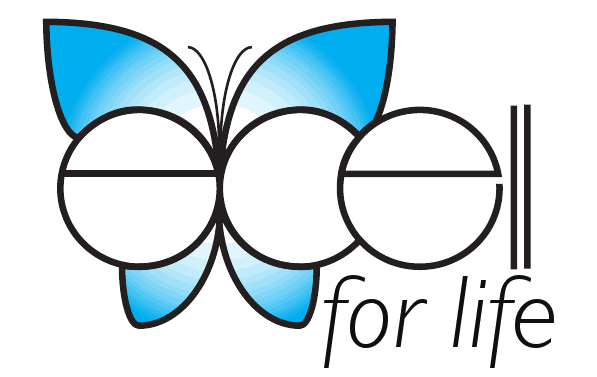Read Those Nutrition Labels Carefully!
Are you confused by the nutrition labels on packaged foods? You are not alone! A 2011 Nielson survey of 25,000 consumers in 56 countries found that 59% were confused by nutritional labels. When it comes to the on-pack claims, such as “low fat”, “heart-healthy” or “all-natural”, many people were skeptical and said they believed these claims are never or are only sometimes trustworthy.
I and my good friend Becky, who is one of the nurses in our office, were talking about this very thing just the other day. We were looking at the packaging on a bag of chips. The front of the bag said, “Heart Healthy!”, and “whole grain”, which immediately caught our attention. And if you were going down the aisle in the supermarket, it would probably have caught your attention, too! Really, who wouldn’t want to buy a bag of chips to snack on that contains whole grain and is heart healthy? We all know that whole grains are an important component of a healthy diet. But then we looked at the nutrition label on the bag and discovered some other important facts. One serving of these so-called “healthy” chips ( 10 chips in a serving) contained 15 grams of fat and 250 mg. of sodium. That may be OK if you can stop eating after 10 chips.
Actually, if you are good about reading the nutrition labels on foods, this information can help you limit your intake of unnecessary calories, fat, salt, and sugar. But you have to pay attention to the “serving size” at the top of the fact chart. The number one downfall of those who read the nutrition facts is that they neglect to take into account serving sizes and how many servings are in the container. And it can be confusing if you skip that part at the top. I have talked to many patients about this, and they say they thought that a serving size was usually the whole package. This is not the case with MOST foods! Even with a can of chicken noodle soup, for instance, the serving size is ½ cup of condensed soup, before water is added, and there are 2 ½ servings per can. In this case, it is important to look to see if the serving size should be measured or counted before the food is prepared or after. And if you were to buy a small package of 6 cookies, but the serving size is 2 cookies, then the package contains 3 servings, not just one. If you eat all 6 cookies, you have eaten 3 servings.
So let’s go over a typical nutrition label. I am going to choose the label that is on the side of my container of oatmeal. One serving size is ½ cup of dry oatmeal. This is important because everything you read on the rest of the label is based on one serving.
The next part of the label contains information about calories, fats, carbohydrates (including fiber and sugar), and protein. These values are measured in grams (g) and milligrams (mg). The label also shows the percentage of the “daily value”, which is the amount of nutrient needed every day, for each of the nutrients. I had always thought that oatmeal was mostly carbohydrates plus a small amount of protein. I was wrong! There is actually 3 g of fat, including 0.5 g of saturated fat, in one serving of oatmeal. The labels include information about trans fat (an extremely unhealthy fat) as well as polyunsaturated (fairly healthy) and monounsaturated (healthiest) fats. Cholesterol content is noted here also. Fiber is an important component and is separated into soluble and insoluble fiber. Soluble fiber is fiber that absorbs or dissolves into water, and it helps maintain normal blood sugar levels and reduce cholesterol. Insoluble fiber does not dissolve into water, making it harder for the body to digest. It helps to reduce the risk of colorectal cancer, heart disease, constipation, and hemorrhoids. Protein is an essential nutrient for muscle (including heart) and brain health. Oatmeal is a fairly good source of protein, with 5 g. in a serving. You will notice that sodium is also included in this section. Too much sodium is not good for you. It can raise your blood pressure significantly and make you retain more fluid than normal, causing swelling in some cases. Oatmeal contains NO SODIUM—yay!
Then comes the vitamin and mineral content of the food. The FDA requires information on calcium, iron, vitamin A, and vitamin C to be on the label. Sometimes the manufacturer will include information about other vitamins and minerals as well if the food contains any significant amounts of these nutrients. One serving of oatmeal contains 10% of your daily value of iron.
The last part of the nutrition label contains “suggested daily requirements”. It may not be present on smaller items. It is a reminder of your general daily needs, based on a 2,000 or 2,500 calorie a day diet. For instance, if you eat 2,000 calories a day, you should take in less than 65 g of total fat, less than 300 mg of cholesterol, less than 2,400 mg of sodium, 300 g of carbohydrates, and 25 g of dietary fiber. These are general guidelines and may not apply to everyone. If you have high blood pressure, for example, you should consume far less than the 2,400 mg of sodium. Talk to your doctor about how these guidelines apply to you with consideration of your personal health issues.
Whew! That’s a lot of information! But you can see that if you do read the nutrition labels carefully, you will have better control over what you eat and hopefully will have better nutrients going into your body. You have the power to be a healthier you!
Blessings to you,
Nurse Anne

